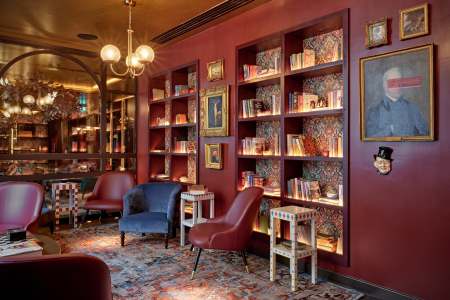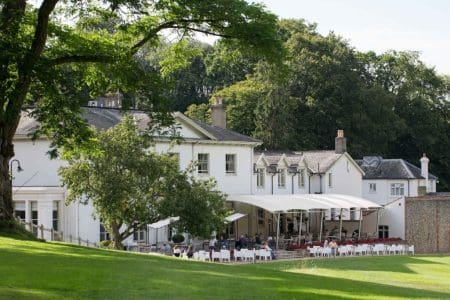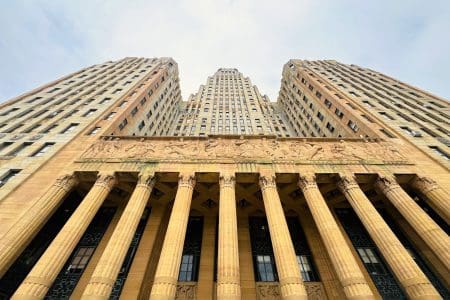It has been a motto of mine to expect little and to be pleasantly surprised at the outcome. Gainsborough’s House in Sudbury Suffolk proved an excellent case in point. Driving there from neighbouring Essex I expected very little. My surprise proved extremely pleasant.
Gainsborough House is much more than the Grade I listed building in which the artist was born. Following a recent redevelopment it has become one of the leading galleries and museums in Suffolk.
Gainsborough Gallery
In addition to the original building the complex has a series of art galleries in the new annex that was opened in November 2022 and received both Building of the Year and Conservation Award in 2024 by the Royal Institute of British Architects (RIBA) East.
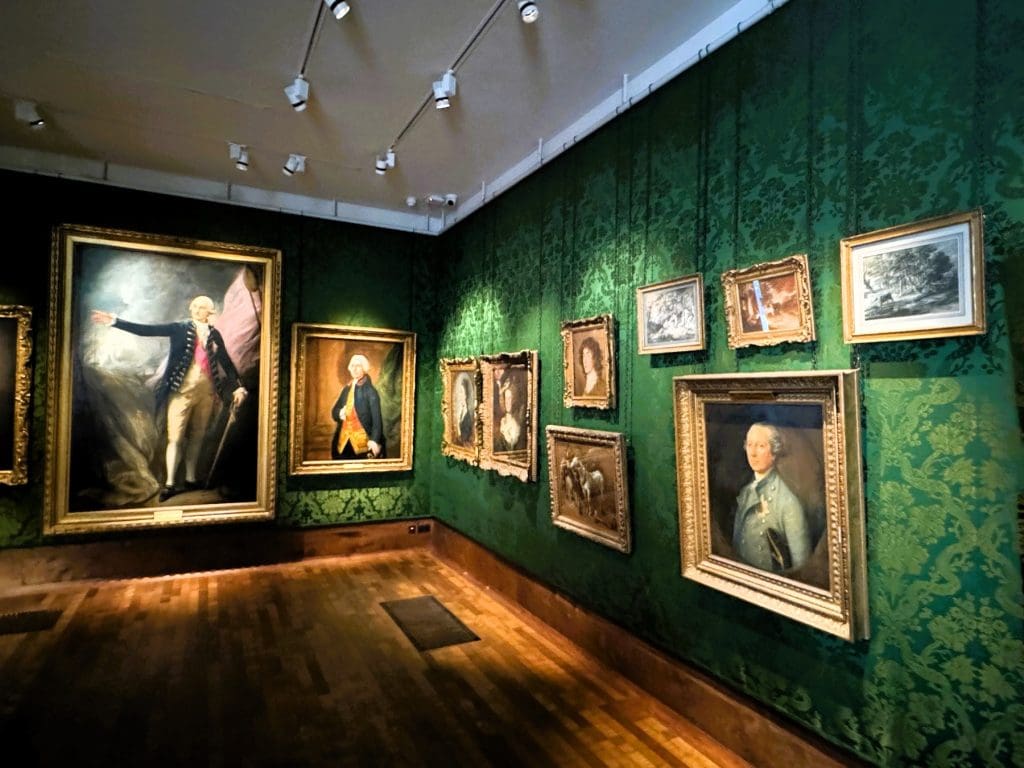
It is through the modern annex that we enter and are offered a choice of either the Gainsborough Gallery to our left or an exhibition on the work of Cedric Morris and Arthur Lett-Haines to our right. I soon realise that Gainsborough’s House is not just about Gainsborough.
We plump for Gainsborough Galley, which has the most beautiful green wallpaper, and includes a series of the artist’s landscapes and portraiture including a portrait of Harriet, Viscountess Tracy that piqued my interest.
Thomas Gainsborough
Thomas Gainsborough was born here in 1727, developing his love for landscape painting in the surrounding fields. Although he left aged 13 to train as a painter in London, he returned to Sudbury after his marriage in 1746, until he moved to Ipswich in 1752, and from there to Bath, London and eternal acclaim.
A founding member of the Royal Academy in 1768, he is widely regarded as one of the leading painters of the eighteenth century.
Gainsborough’s House Museum
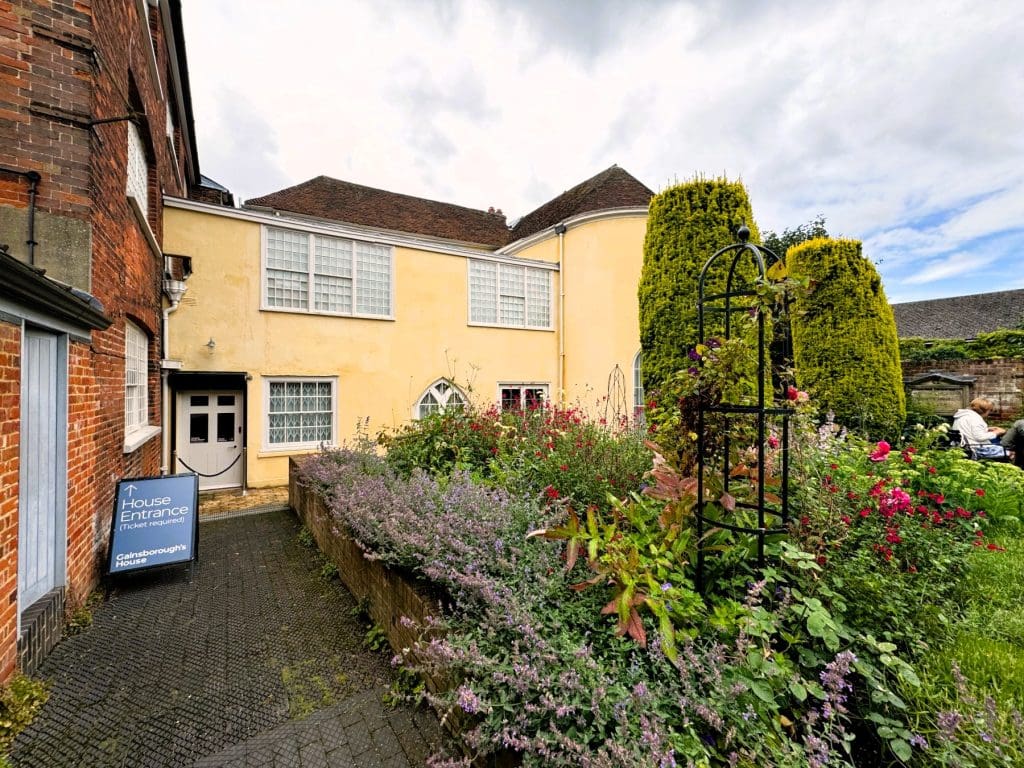
Exiting the gallery, we enter the beautiful garden where we are later to dine at The Watering Place – the crab salad was excellent – which has a 400-year-old mulberry tree.
This leads to the original Grade I listed building where Gainsborough was born. It was converted into a museum in 1961.
The house has seven themed rooms. The first is the Finnis Scott Painting Room, which provides an interesting insight into the painting and printing process. The second is a parlour devoted to early Gainsborough, with lots of paintings and antique furniture such as a beautiful Dutch walnut table from around 1760. The theme of priceless paintings and antique furniture continues throughout house, evoking a sense of how wealthy people would have lived in the 18th century.
There is also a room devoted to Cedric Morris, but more of him later as we enter the galleries in the modern annex.
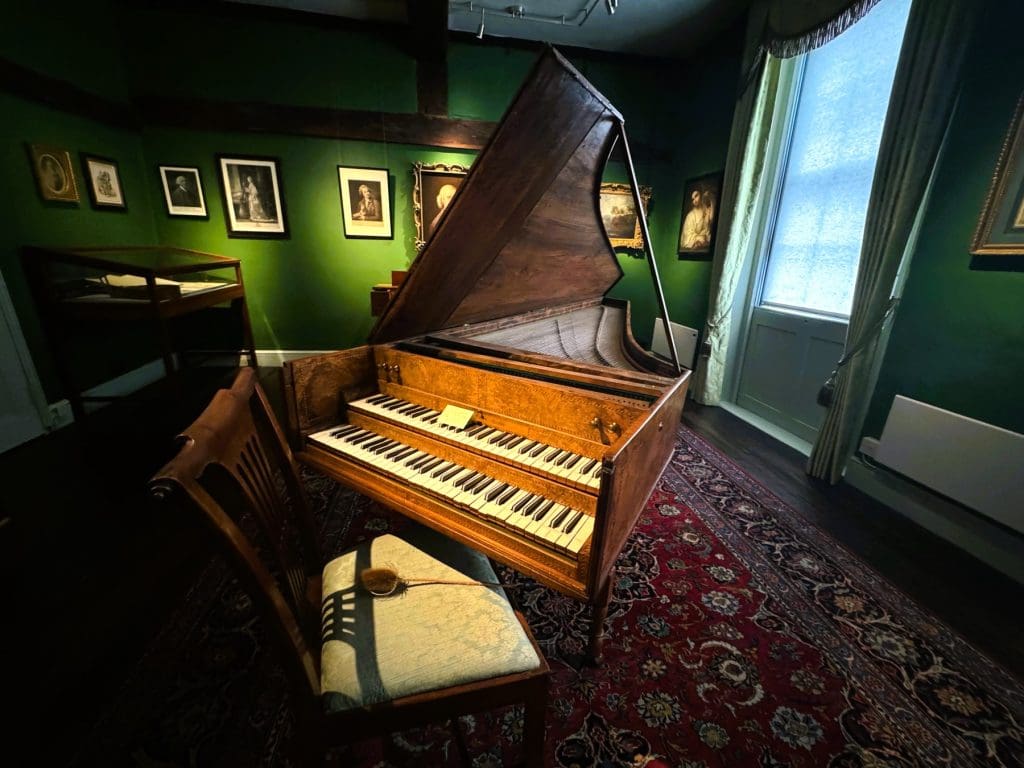
Upstairs there is a room devoted to another of Suffolk’s famous artists, John Constable which is next to music room. This is my favourite room in the building. We enter to the most beautiful harpsichord music, which Gainsborough apparently loved. In the centre of the room is a wonderful harpsichord made in 1738. Elsewhere there is a square piano (1794) and an English guitar (c.1780). It is a most delightful room and for a while I forget the main purpose of my visit – to see the beautiful paintings by Gainsborough dotted around the walls.
A further room includes an exhibition on the English silk industry. Silkmakers moved to Suffolk in the late 18th century form places such as the Eastend of London. Now more than 90% of Britain’s woven silk is made in the county. The final room, up a small flight of stairs, has an exhibition entitled the Iris Florilegium of Sir Cedric Morris, including a series of paintings by the artist of irises.
The Galleries
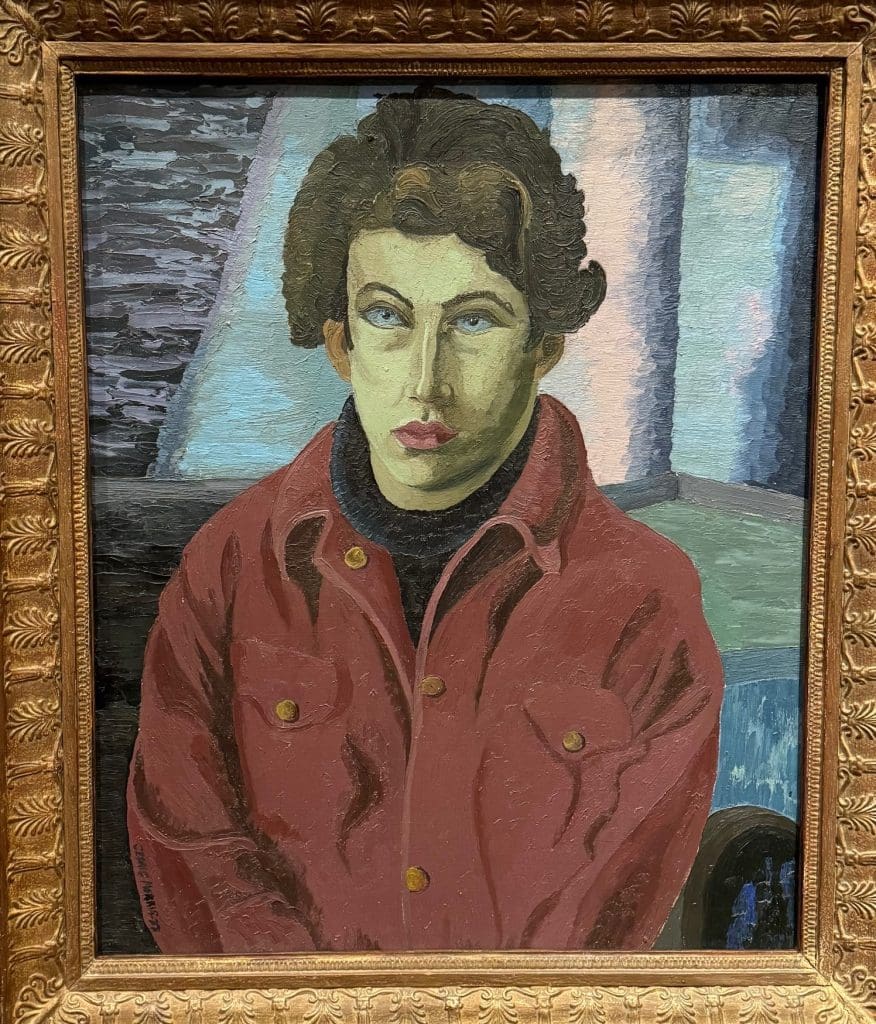
In addition to the Gainsborough Gallery, the modern building also has the Sudbury Gallery which is currently showing an exhibition on Cedric Morris and his partner Arthur Lett-Haines. It is here I head after leaving the original building.
Morris and Lett-Haines met on Armistice Night 1918, and went on to establish The East Anglian School of Painting and Drawing at Dedham in 1937. The school burned down in a fire, allegedly involving Lucien Freud, who studied there, and a cigarette. It was replaced by Benton End in 1940, which Freud also attended. Morris and Lett-Haines lived at Benton End.
The exhibition is the first major retrospective of the artists, including some Avant Garde pieces as well as natural paintings. It includes an interesting portrait of Lucien Freud (1940) by Morris, as well as one of Maurice-Chevalier by Left-Haines.
The final attraction of Gainsborough’s House is the Obscurra at the top of the building which provides a lovely rooftop view of Sudbury. Heed my advice and if you happen to visit Gainsborough’s House, expect little and you will be delighted.
Gainsborough’s House
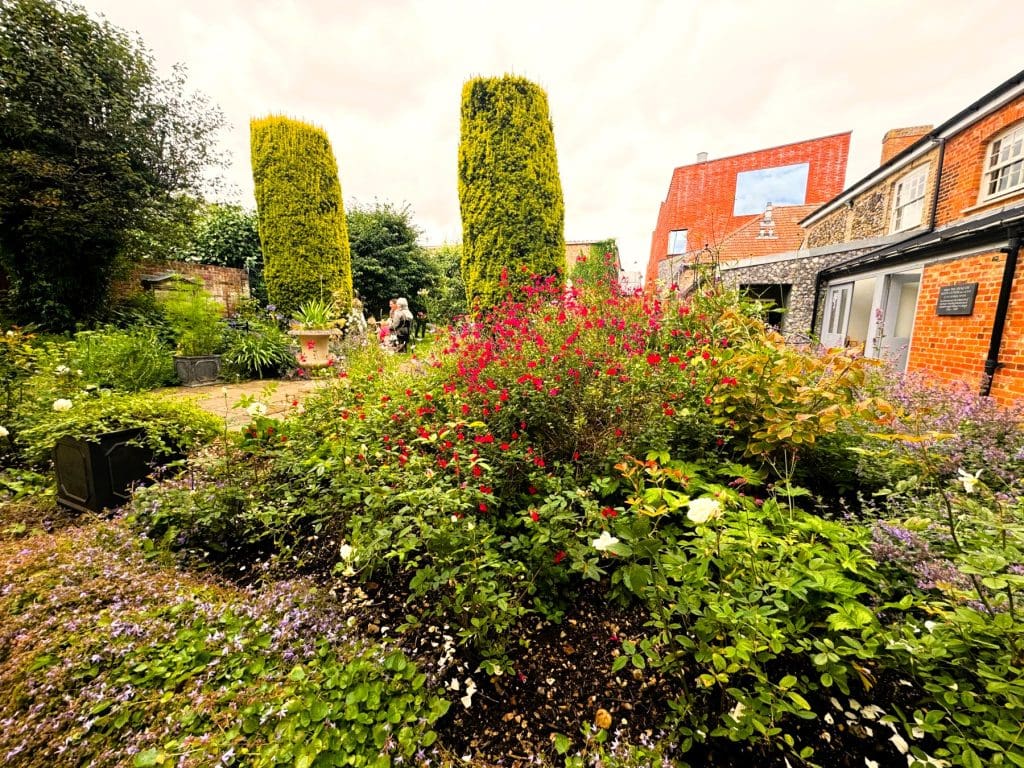
The National Centre for Gainsborough in Sudbury, Suffolk, 46 Gainsborough Street, Sudbury CO10 2EU. T: 01787 372958. Website: click here.
When Is Gainsborough’s House Open?
The centre is open from 10am to 5pm every day
Tickets to Gainsborough House
Tickets cost £16.50.
Current Exhibitions
Current exhibitions: Both Revealing Nature: The Art of Cedric Morris and Lett-Haines and The Iris Florilegium of Sir Cedric Morris run until 3 November.
Getting to Gainsborough’s House from London
Trains take 1 hour and 19 minutes from London Liverpool Street to Sudbury changing at Mark’s Tey. It is a 10-minute walk from the station to Gainsborough’s House.
